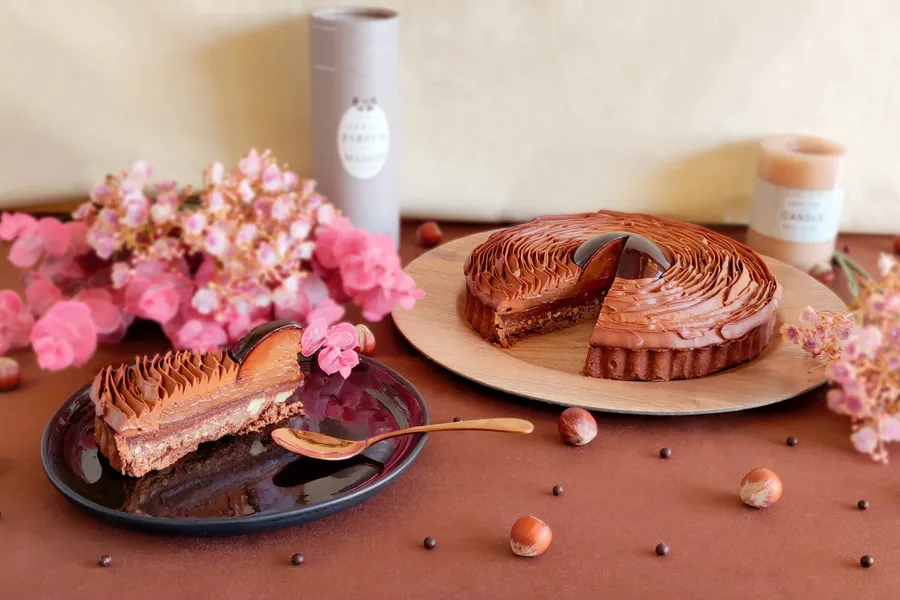
The history of the Gianduja Tart
The origin of Gianduja tart dates back to the 18th century in Turin, a city located in the Piedmont region of Italy. During that time, Italy was facing a shortage of cocoa due to trade blockades and wars, which made it difficult to import this essential ingredient for chocolate production. To counter this situation, Turin's chocolatiers began adding hazelnuts, which were abundant in the region, to their chocolate blends to stretch it and make it more affordable.
The name “Gianduja” comes from a character in the Commedia dell'arte, a popular form of theater in Italy. Gianduja was a puppet and folkloric character from the Piedmont region, known for his wit and charm. The name was adopted for this hazelnut and chocolate mixture, suggesting a combination of flavors similar to the character's personality.
Over time, the gianduja mixture became so popular that it was used to make various products, including chocolates and pastries. Gianduja tart emerged as one of the delightful ways to enjoy this flavorful ingredient. It quickly became a specialty of the region and started to spread to other parts of Italy and the world.
As the popularity of gianduja grew, different variations of the tart were created. Some versions added additional nuts, such as almonds or walnuts, while others incorporated ingredients like cream or whipped cream to further soften the flavor.
Today, Gianduja tart remains a beloved dessert in Italy and many other parts of the world. It is a tribute to the ingenious combination of ingredients that arose from the necessity and creativity of Turin's chocolatiers in the 18th century. Gianduja continues to delight chocolate and hazelnut enthusiasts, and its legacy lives on in the form of this delicious tart.

 albertoimizcoz
albertoimizcoz

